Tips for international air travel with kids under age 2
Here are my best tips for smooth international air travel with kids under age 2.
There is no doubt that an international travel to France with small children can be nerve racking, especially if it is your first time traveling internationally.
Our first trip to France, with a kid in tow, was in 2013. Our son was only 11 months old at that time. Having done this many times now with my three kids, I have a good idea of what to do, and what not to do, in order to make air travel go as smoothly as possible.
1. Apply for baby’s passport at least 3 months in advance

For international flights, everyone traveling will need a passport. It will take time to get all of the necessary documents together, and then an additional 4-6 weeks after submitting the application to receive the passport. There are options to expedite the process but it requires extra fees.
The first time you get a passport for baby, you have to apply in person. We did this at our local post office. You can find all of the instructions and documents that you need here.
You are also going to need 2 passport pictures of the baby.
Many large chain pharmacies (Walgreens, CVS, etc) have a passport photo capability in the photo area. You can also use the Google app Passport Photo Maker, and take a picture with your phone. We have done both in the past, without any problems.
One of the other things that is required is the baby’s birth certificate. Every person that is listed on the birth certificate must be present to apply for a passport. This is where we learned a lesson. That means if mom and dad are both listed on the birth certificate, they must both be present, with the baby, in order to complete the application process for the baby. If one of you is not present, they will deny your application.
2. Carry a copy or picture of your baby’s birth certificate with you while traveling
This is especially important if one of the parents has a different last name than the child, and they are traveling with them alone. Gate agents, as well as Immigration Officers, have asked us to show this on more than one occasion.
3. Try to book direct flights when possible
Depending on where you live, international flights often require connections. I recommend booking a direct flight whenever possible. One connection is better than two. This decreases the likelihood of flight delay stacking, and missed flights. It also decreases the number of times you have to get on and off of an airplane. It might cost a little extra. But, trust me with this one, the extra cost is worth it.
If you are making flight connections, allow extra time between connections. I recommend AT LEAST 3 hours to make international connections. This allows time to for flight delays, diaper changes, going through immigration, and a chance for your child to play in airport play areas, if available.
They are going to be in one place for a long time, either on your lap or confined to their own seat, so they need time to stretch their legs, and get some wiggles out.
4. Carry a copy or picture of your baby’s birth certificate with you while traveling
This is important for safety reasons. It is also especially important if one of the parents has a different last name than the child, (like me), and they are traveling alone with them. Gate agents, as well as Immigration Officers, have asked us to show this on more than one occasion.
5. Decide early whether to purchase a ticket for your baby
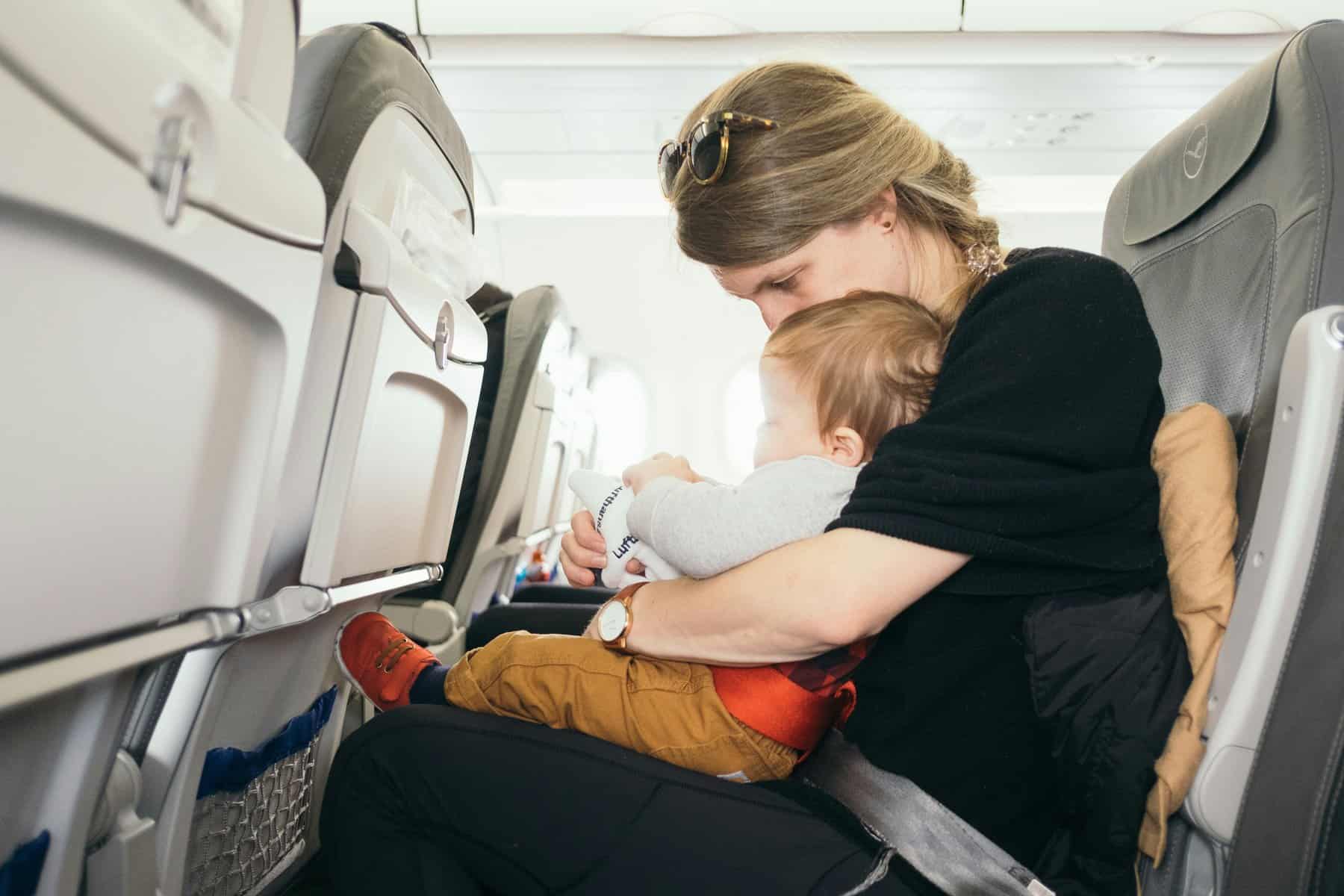
This is going to depend on your comfort level as a parent.
According to the Federal Aviation Administration, “the safest place for your child on an airplane is in a government-approved child safety restraint system (CRS) or device, not on your lap. Your arms aren’t capable of holding your child securely, especially during unexpected turbulence.”
Despite what they recommend, they do not require children under 2 years old to have a separate airplane seat or car seat. It might make you feel better to know that the airlines have what I call a “kangaroo seatbelt” for your child. This is a separate seat belt for a lap child, that attaches to your seat belt, and you are both strapped in. This has worked well for us.
If you choose to have your child on your lap (what we have always done with our kids), they will still get a “ticket”. But, it will only cost a small processing fee.
I have found the window seat is the best place to put young children. They can look out of the window, and I can sit next to them so that they don’t disturb other passengers. Placing young kids in the middle or isle airplane seat can be tricky for fellow passengers trying to get by to use the restroom.
6. Protect your checked baby gear
Unfortunately, we learned this the hard way. We had a carseat wrapped only in a plastic bag that was so damaged during transit, it required replacement.
If you are checking a carseat, stroller, baby carrier, or other baby gear, I strongly recommend investing in sturdy travel covers or bags for them, especially if you travel a lot.
Most baby gear brands make carseat covers, stroller bags, and other things to protect your gear while traveling. Some even have handles and wheels to make it easier for travel.
If you are wondering whether you should bring your own carseat, I discuss the pros and cons of bringing your own here.
7. Bring a stroller

I recommend that you bring your own stroller. Strollers make getting around the airport a lot easier, and can be rolled right up to the gate. At that time, the gate agent will take it from you for boarding, and have it waiting for you, usually on the jetway, when you deplane. Easy.
They also make getting through airport security a lot easier. There is a designated line for strollers. So, you won’t wait as long, which works out great.
You’ll have to use elevators as opposed to escalators, etc, but those are usually easy to locate, and it is worth it.
They also come in handy while you are in France, especially if you are bringing an infant car seat that clips into them.
8. Bring a baby carrier or backpack

Yes, I do recommend bringing both a stroller and baby carrier. Depending on where you are in France, the streets will be cobblestone streets, which are beautiful, but sometimes steep, and the stones make it nearly impossible to push a stroller.
In this instance, I would say leave the stroller at your lodging and use a carrier or backpack for that outing. We used a Baby Bjorn when our kids were small, and a Deuter kid backpack as they got bigger.
They are absolutely necessary if you’re planning on outdoor activities in France, like hiking.
I would also recommend using a carrier when you visit castles, or other very old buildings. They usually have winding, narrow staircases, and no elevator!
9. Bring frozen breast milk or formula
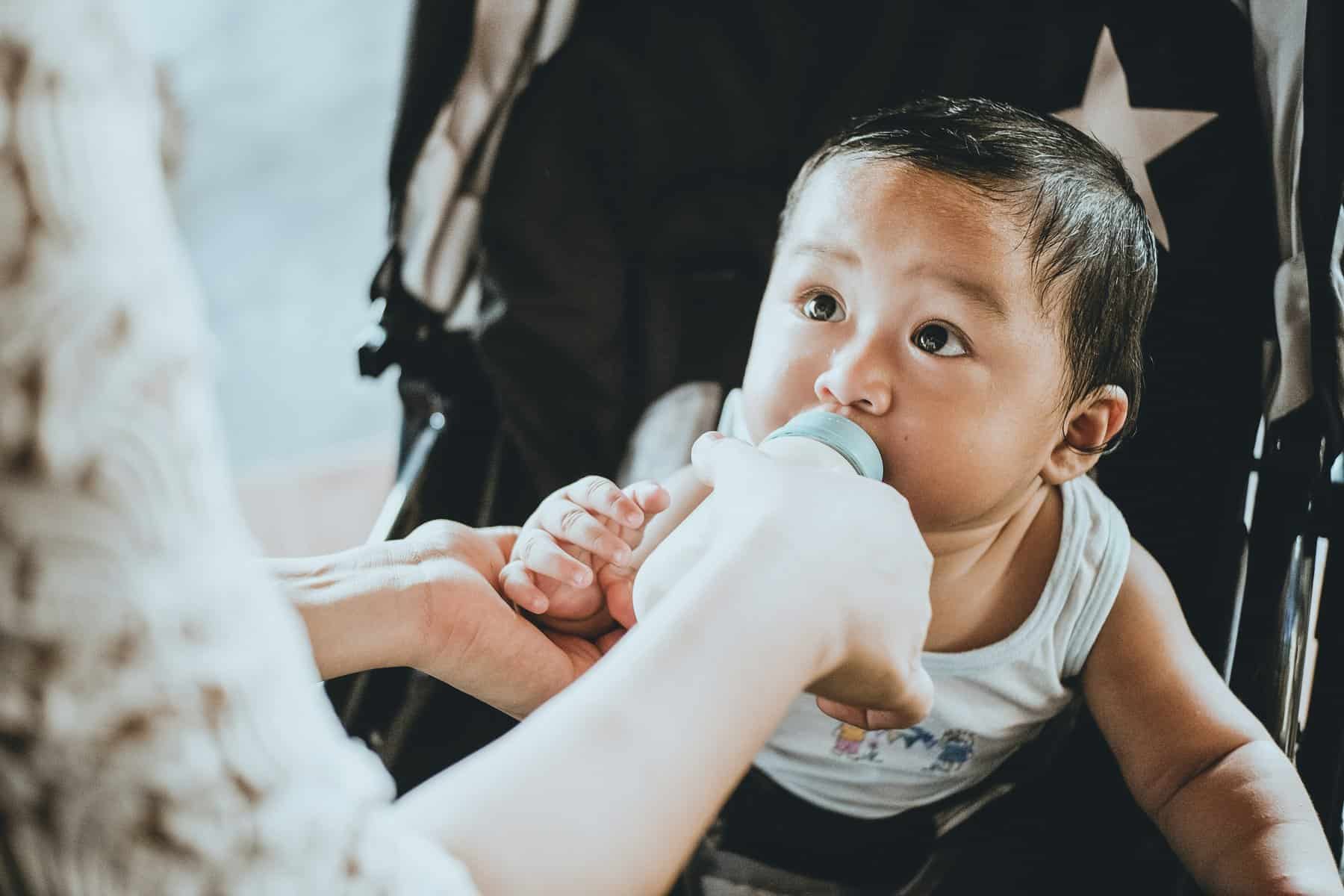
The best time to offer your baby a bottle or breast is on take off, to help with the pressure changes in the cabin. The sucking motion allows them to recalibrate the pressure in their ear canals, so that it doesn’t hurt as much.
Breastfeeding
If you are breastfeeding your baby, bring extra breast milk with you. There will be times when it is impossible to breast feed (ie. rushing to make a connection, or going through security, customs, or immigration) and your baby is hungry. Be prepared with some bottled breast milk.
I also found it helpful to bring a couple of frozen bags of breast milk for traveling. Depending on where your starting point is, the total travel time to France can easily exceed 24 hours.
Flight attendants will refrigerate your breast milk while on the airplane, but otherwise, you are relying solely on ice packs to keep your milk cold. Having some frozen packs gives you more time to use it. Also, don’t forget to bring a water bottle for you! Longer flights can be dehydrating, and you want to be sure to stay well hydrated so that your milk production doesn’t slow down.
Formula feeding
If you are formula feeding your baby, have the formula powder measured and already in the bottle, so that all you have to do is add water. Be sure that you have more than you need in case of a flight delay or layover.
There is no formula for sale in the airport. Trust me on this one. I am telling you from experience. We were in the airport 14 hours longer than expected, and ran out of formula. We scoured the airport, with no luck. The airline agent had to make a special request for our luggage to be taken off of the airplane so that we could get formula out of our checked bags! It was stressful and I don’t want it to happen to you.
10. Bring lots of food and snacks
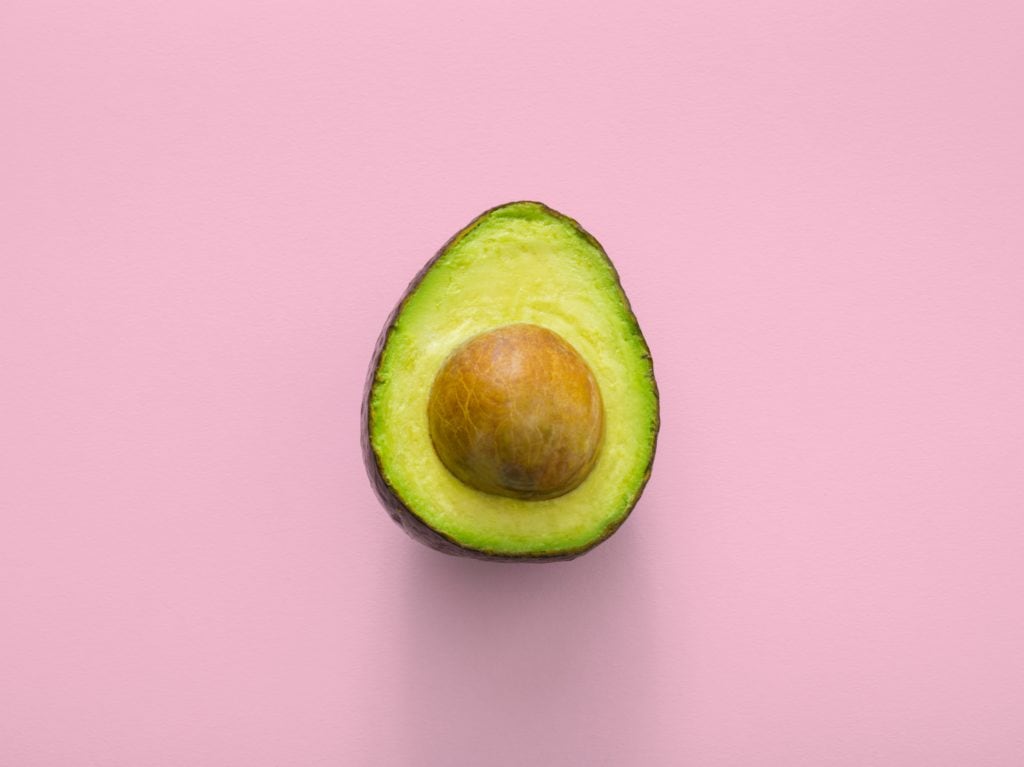
Be prepared with enough age appropriate food to feed your baby for the duration of the flight(s), and then some.
Generally, you will get fed two meals during your overseas flight. If your baby is traveling on your lap, they will not get a meal. Also, even if they have their own seat, they may not be old enough to eat the type of food that is served.
There were several times that we did not have enough time to get food or drinks between flights because we were rushing to make a connection. The last thing that you want is to be stuck on an airplane with a hungry baby and no food to give to them!
A few things that worked well for us at this age were avocados, bananas, baby food pouches, avocado, baby mum mums, chopped hard boiled eggs, and of course, some type of milk or formula, depending on their age.
11. Bring entertainment

It can be difficult to entertain this age group on a long flight. Most are not going sit and have screen time quietly for 8 hours.
If you have a child that is not yet walking, bring lots of tactile toys that can keep them occupied. Bring their favorite toy, as well as a couple of new toys to occupy them even longer.
Just be prepared to do a lot of talking, funny faces, and knee bouncing.
Once your child can walk, you can walk them up and down the aisles when it is a smooth flight. We did this a lot with our kids.
It is pretty hard to keep an 18 month old in one place for a long time. Books also worked well for the toddler stage.
When they are ready, cartoons are a good entertainment. If you choose to go this route, bring some headphones that are made for kids. The ones that the airlines pass out are uncomfortable for kids, and they hardly ever stay in their ears.
12. Bring your own Sippy Cup
This probably goes without saying. But, if your baby is using a sippy cup, you should pack one in your checked bag, and bring one in your carry on bag. The flight attendants will fill it up with your beverage of choice, and it makes spills non-existent.
Keep in mind that if you have a sippy cup that is closed, with a straw, the change in cabin pressure can sometimes cause the liquid to shoot out of the top.
13. Sleep on the way to France

By doing this, they have gotten some sleep during their natural sleep time, and when the flight is over, they will be well-rested, and ready to enjoy their first morning in France. I’ve found that this strategy works best for adjusting to the time difference.
Some airlines do offer “bassinets” to put your infant in during an oversees flight. It can be as simple as a cardboard box with extra blankets (which is what we were given). But, it does help to be able to put your sleeping baby down for a little while so that you can rest.
Keep in mind that you will have to have “bulkhead seating” in order for this to be possible. So, pick your seats accordingly. With bulkhead seating, there is a wall in front of you, instead of a row of seats, so, you have extra space to put a bassinet down.
If you are interested in this option, contact your airline before your travel date.
14. Pack extra diapers and change of clothes
It never fails – You are taxiing for take off, and you realize that baby needs a diaper change. Then, you have to wait until you have reached full cruising altitude in order to get up from your seat, and go to the bathroom.
Do your best to avoid this by planning ahead. Put a fresh diaper on your baby right before you board. You’ll thank me for this.
If you do need to change a diaper in flight, most large airplanes that travel overseas, have a changing table in at least one of the bathrooms.
But, before you go, check the pocket in front of your seat to see if there is a vomit/dirty diaper bag for you to use. You can also bring extra plastic bags in your carry-on baggage. The flight attendants appreciate when you use these, and it will help keep odors under control.
Remember to bring plenty of extra diapers, and extra clothes in your carry-on, for any accidents. Speaking from experience, it is not fun to have a big diaper leak, and no change of clothes, while in flight!
Bon Voyage!
I hope these tips will help make planning your trip to France with your baby a little easier. Let me know if you have any other questions about our experiences doing this.
Remember, YOU GOT THIS! Have a wonderful trip!







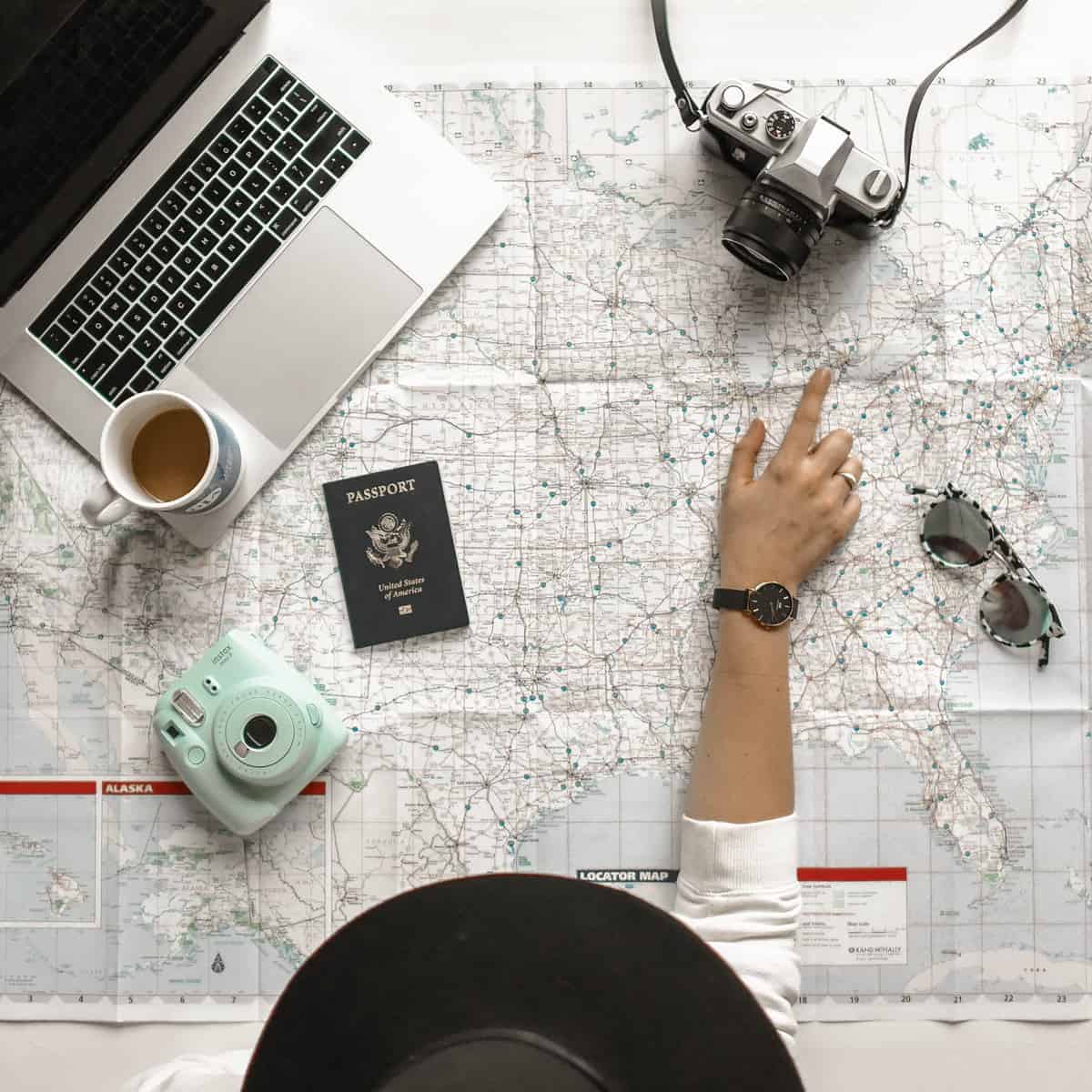

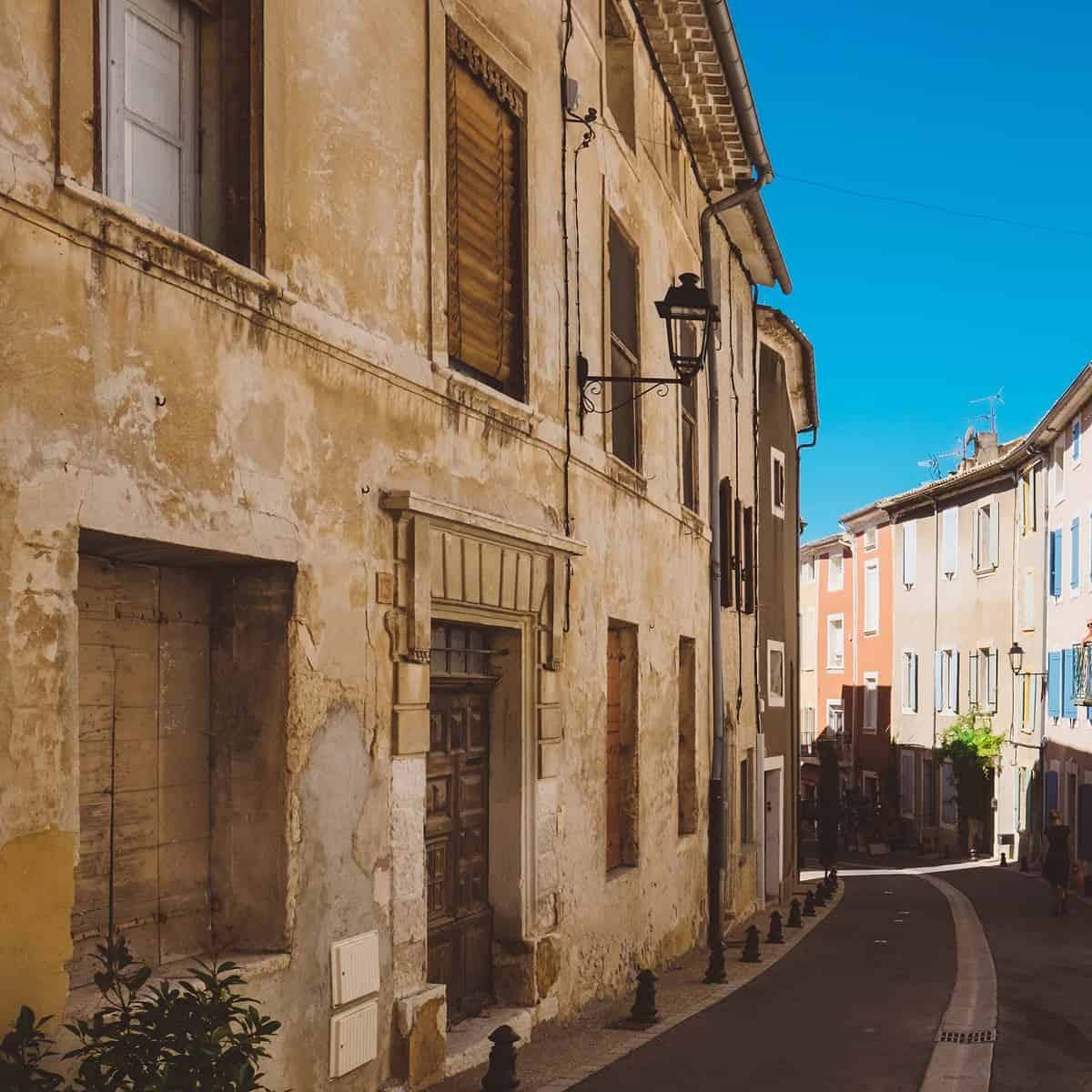
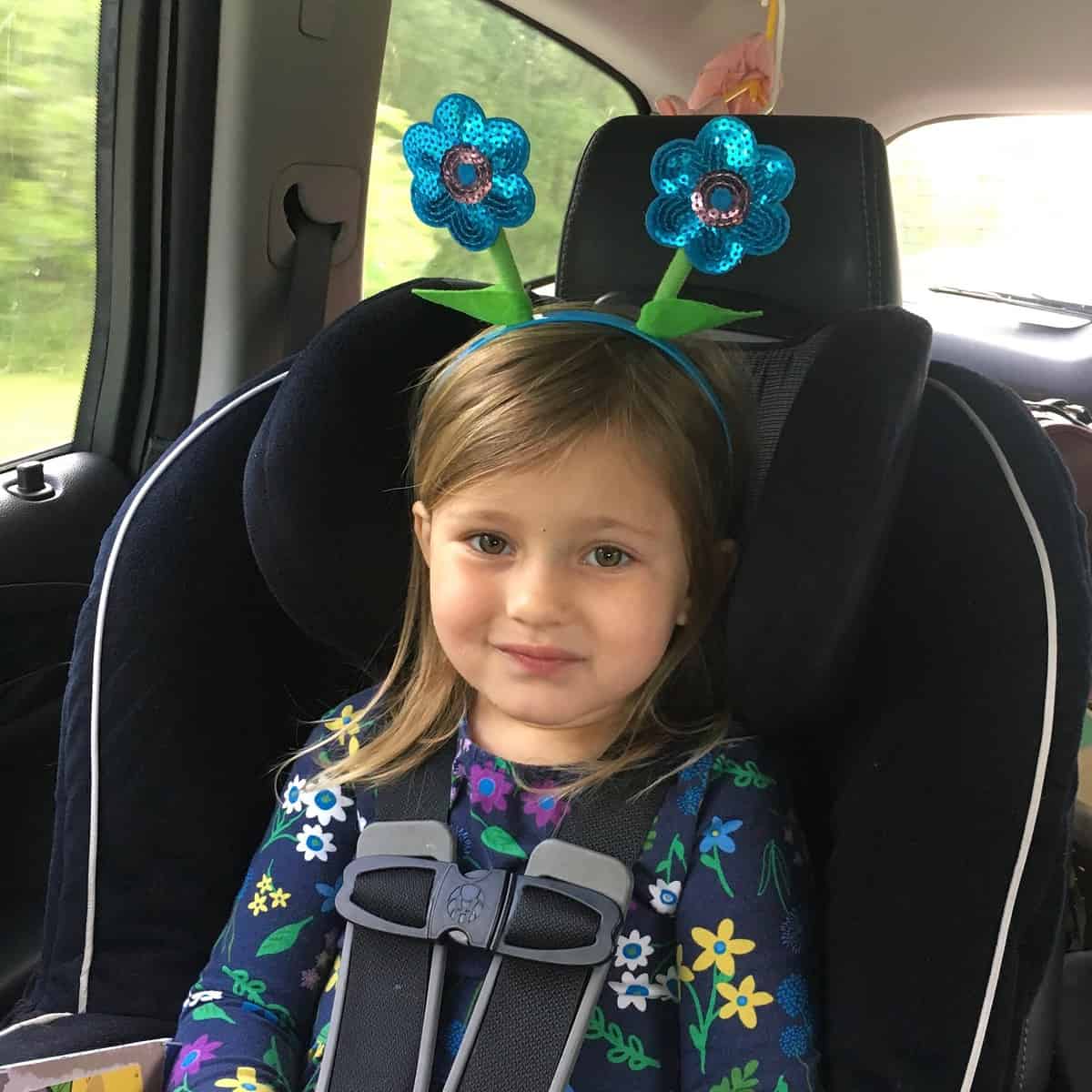

This is so very helpful! sometimes people become shy of traveling abroad because they have young children. Knowing what to do helps!
Having some tips definitely makes the trip less stressful!